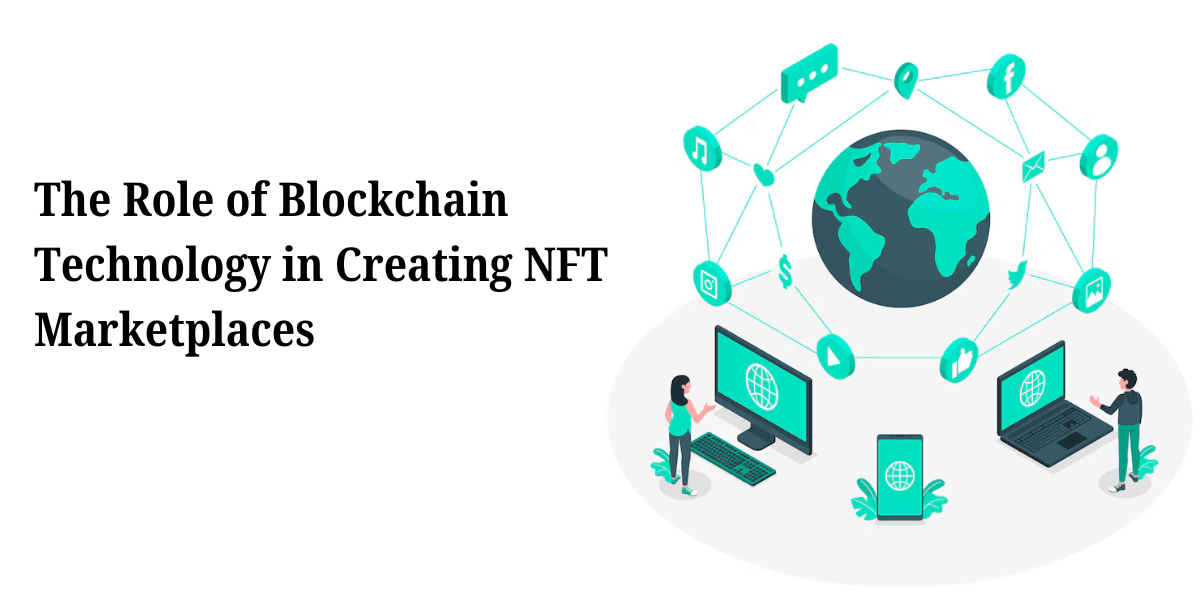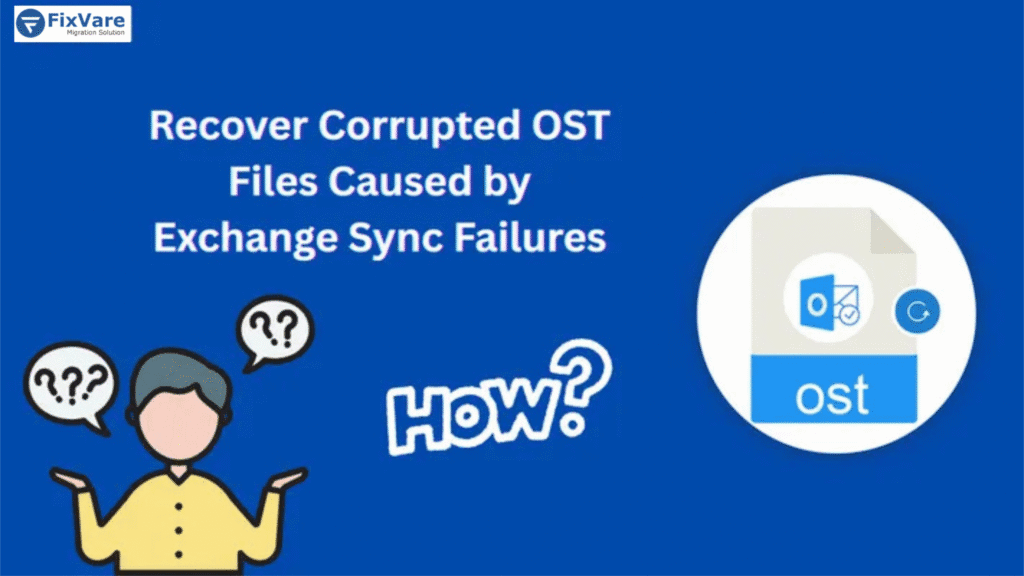Non-fungible tokens, or NFTs, are unique digital assets stored in blockchain that represent the ownership of art, music, videos, virtual goods, and more. However, the significant difference between NFTs and cryptocurrencies is that the former cannot be divided or replicated, which ensures authenticity, scarcity, and verifiable ownership in the digital landscape.
NFT marketplaces have revolutionized the digital economy, creating a dynamic environment for artists, collectors, and investors to engage in decentralized transactions. They streamline buying, selling, and trading non-fungible tokens for virtual products and in-game items. NFT marketplaces empower artists, musicians, and creators to create monetization opportunities, eliminate intermediaries, and ensure authenticity and ownership verification.
The blockchain technology serves as the backbone of the NFT ecosystem, providing secure and transparent platform for users to explore, bid, and exchange digital assets. But the effectiveness of an NFT marketplace is fundamentally dependent on the underlying blockchain infrastructure.
Blockchain development services play a pivotal role in establishing a consolidated framework that improves NFT marketplaces’ functionality, security, and efficiency. From automating smart contracts to decentralized storage and token standards, blockchain technology ensures that NFT transactions remain immutable, transparent, and resistant to fraud. We must understand the impact of blockchain technology in creating NFT marketplaces and highlight its critical role in shaping the future of digital assets.
Ensuring Transparency and Immutability
One of the most crucial features of blockchain technology is immutability and transparency. Every transaction recorded on the blockchain is visible to all network participants, ensuring that ownership histories and transfers are easily traceable. This level of transparency is crucial in NFT marketplaces, where buyers and sellers need verifiable proof of authenticity before making a transaction.
Additionally, blockchain’s immutability ensures that once an NFT is minted and recorded on the ledger, it cannot be altered or deleted. This protects against counterfeiting and unauthorized modifications, preserving the integrity of digital assets. Without blockchain, verifying the legitimacy of an NFT would be a complex and unreliable process, making it easier for bad actors to manipulate ownership records.
Smart Contracts and Automation
At the heart of every NFT marketplace are smart contracts—self-executing agreements that automate processes without the need for intermediaries. Smart contracts dictate the terms of NFT sales, royalties, and transfers, ensuring that transactions are executed fairly and securely.
For example, an artist minting NFT can also choose smart contracts that guarantee them a percentage of royalties every time the NFT is resold. This feature is particularly transformative for creators, as it ensures continuous earnings without requiring manual intervention. Unlike traditional art markets, where secondary sales often bypass the original artist, smart contracts enforce predefined conditions that benefit all stakeholders in the NFT ecosystem.
Smart contracts also enhance security by removing the need for trust between buyers and sellers. Since transactions are automated based on predefined rules, there is no risk of manipulation or disputes over payments. This efficiency significantly reduces transaction costs and speeds up the entire NFT trading process.
Token Standards and Interoperability
Blockchain development services facilitate the standardization of NFT tokens. Different types of blockchain solutions offer specific tokens that define how NFTs function within the ecosystem. Say, for example, if we take Ethereum, it has introduced the ERC-721 and ERC-1155 standards, which serve as the foundational base for most of the NFTs.
These token standards ensure interoperability between NFT marketplaces, wallets, and decentralized applications (dApps). If standard protocols are not met properly, NFTs will be restricted to certain platforms only, limiting their usability and value. Interoperability allows NFT holders to move their assets across different marketplaces, expanding the reach and liquidity of digital collectibles.
Beyond Ethereum, blockchains like Binance Smart Chain, Flow, and Solana have developed their own NFT standards, offering alternatives with lower transaction fees and higher scalability. These developments contribute to a more diverse and competitive NFT ecosystem, allowing marketplaces to choose the blockchain network that best aligns with their objectives.
Decentralized Storage for Digital Assets
NFTs represent ownership of digital assets, but the actual files—whether they are images, videos, or 3D models—are often too large to be stored directly on the blockchain. Instead, decentralized storage solutions like IPFS (InterPlanetary File System) and Arweave ensure that NFT metadata remains secure and permanently accessible.
Decentralized storage eliminates reliance on centralized servers, reducing the risk of data loss or tampering. Unlike traditional hosting services, where files can be deleted or moved without notice, decentralized networks distribute data across multiple nodes, ensuring redundancy and durability. This guarantees that NFT assets remain accessible even if a marketplace shuts down or experiences technical failures.
Without decentralized storage, NFT marketplaces would face significant risks related to broken links and lost metadata. Blockchain services provide a robust solution by integrating decentralized storage protocols, ensuring the longevity and reliability of digital assets.
Security and Fraud Prevention
The rapid rise of NFT marketplaces has also attracted cyber threats, including phishing attacks, counterfeit NFTs, and smart contract exploits. Blockchain services enhance security by implementing cryptographic encryption, decentralized identity verification, and multi-signature authentication.
The decentralized nature of blockchain development services allows users to secure NFT ownership using private keys so that only the rightful owner can access it. This eliminates the risk of unauthorized access or asset duplication. Additionally, marketplaces can integrate blockchain-based identity verification to prevent fraudulent listings and ensure that only genuine creators can mint and sell NFTs.
Furthermore, blockchain analytics tools help detect suspicious transactions and prevent money laundering. By monitoring on-chain activity, NFT marketplaces can identify irregular patterns and take proactive measures against illicit activities. The transparency of blockchain ensures that all transactions are traceable, discouraging malicious actors from engaging in deceptive practices.
Scalability and Transaction Efficiency
One of the primary challenges facing NFT marketplaces is scalability, particularly on high-demand networks like Ethereum. As the popularity of NFTs continues to grow, blockchain congestion can lead to slow transaction speeds and high gas fees, making it difficult for users to engage in seamless trading.
To address this, blockchain services offer Layer 2 solutions and alternative consensus mechanisms. Networks like Polygon and Optimistic Rollups provide off-chain scaling solutions that reduce congestion while maintaining security. These solutions enable faster and cheaper NFT transactions, enhancing the overall user experience on NFT marketplaces.
In addition to scalability improvements, some NFT marketplaces are exploring cross-chain interoperability, allowing users to trade NFTs across different blockchains. This not only reduces dependency on a single network but also expands liquidity and accessibility.
Regulatory Compliance and Legal Frameworks
As the NFT industry matures, regulatory compliance has become an essential consideration for NFT marketplaces. Governments and financial authorities are increasingly scrutinizing digital asset transactions, prompting the need for regulatory frameworks that align with blockchain’s decentralized nature.
Blockchain services facilitate compliance by integrating Know Your Customer (KYC) and Anti-Money Laundering (AML) protocols into NFT marketplaces. By leveraging blockchain identity verification, marketplaces can ensure compliance without compromising user privacy. Additionally, blockchain-based auditing tools provide transparency in financial reporting, making it easier for regulatory bodies to assess marketplace operations.
Without a clear legal structure, NFT marketplaces risk facing legal challenges related to copyright infringement, taxation, and consumer protection. Blockchain technology provides the foundation for implementing transparent compliance measures, ensuring that NFT platforms operate within legal boundaries while maintaining decentralization.
The Future of NFT Marketplaces with Blockchain Innovation
Blockchain development services integrate with NFT marketplaces seamlessly to evolve and innovate further and enhance functionality, security, and user experience. The adoption of artificial intelligence (AI) for automated NFT appraisals, the implementation of decentralized autonomous organizations (DAOs) for community governance, and the expansion of metaverse-related NFTs all point toward a promising future for blockchain-powered digital assets.
As more industries explore NFT applications—ranging from gaming and fashion to real estate and intellectual property—the demand for scalable and secure blockchain solutions will only grow. The ongoing advancements in blockchain protocols, alongside improved interoperability and reduced transaction costs, will drive the next phase of NFT marketplace development.
Ultimately, blockchain technology remains the foundation of the NFT revolution, ensuring that digital ownership is verifiable, secure, and accessible to a global audience. The continued refinement of blockchain services will determine the long-term success and sustainability of NFT marketplaces, shaping the way digital assets are created, traded, and valued in the years to come.








Leave a Reply